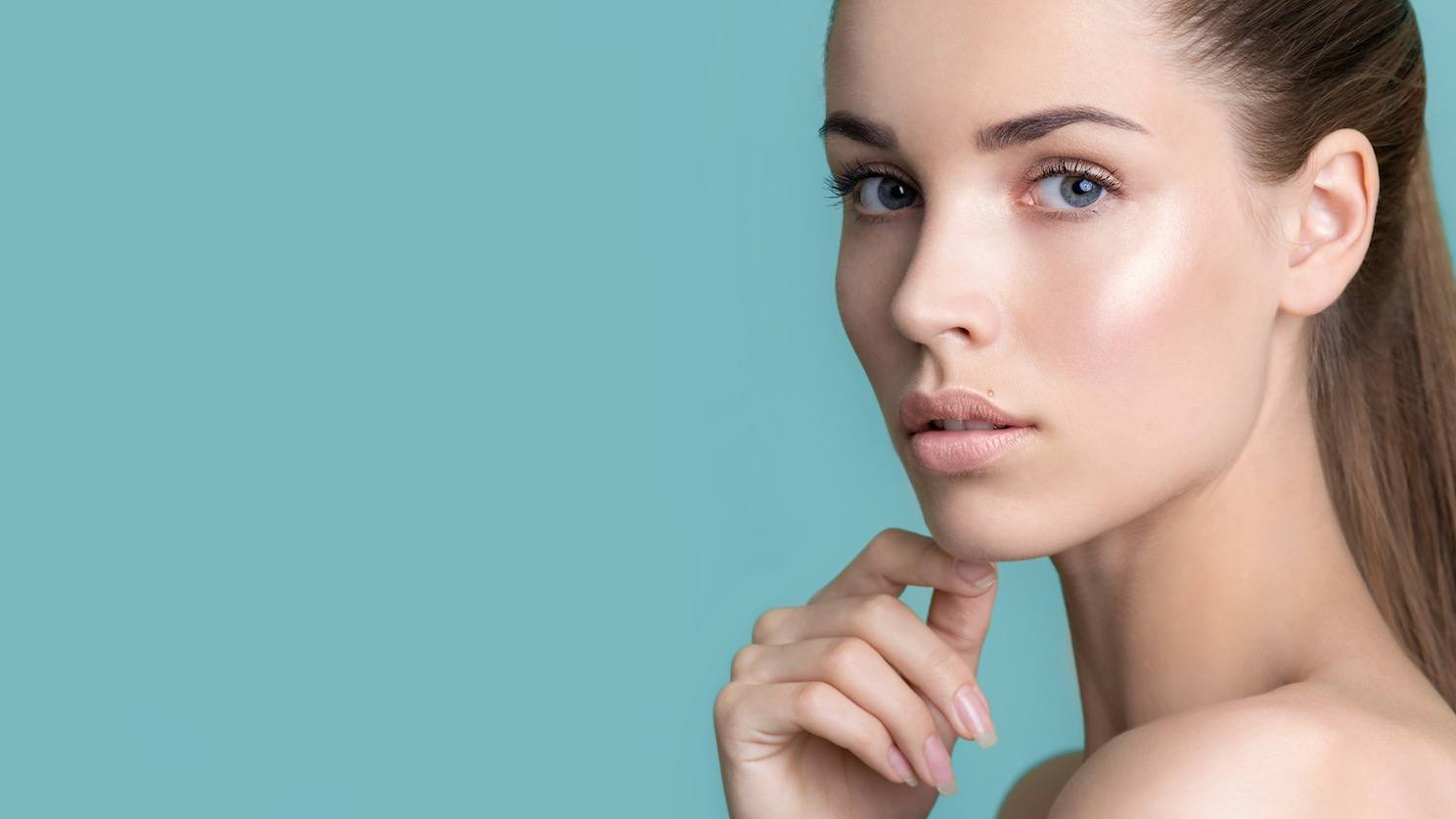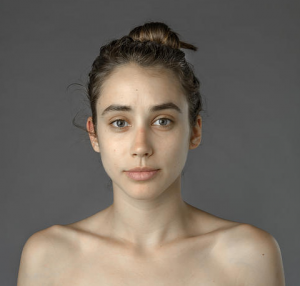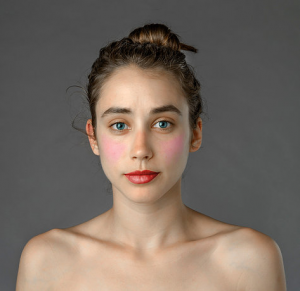“Photoshop has become a symbol of our society's unobtainable standards for beauty. My project, Before & After, examines how these standards vary across cultures on a global level.” – Esther Honig, Journalist
What happens when you ask freelance Photoshop users around the world to take a picture of a woman and “make her beautiful”? When journalist Esther Honig made the request, she was astounded at the different ideals of beauty and make-up application that her participants chose.
“Freelancing platforms, like Fiverr, have allowed me to contactnearly 40 individuals, from more than 25 countries such as Sri Lanka, Ukraine, The Philippines, and Kenya,” says Honig. Some are experts in their field, others are purely amateur.Participants were paid a modest stipend of five to thirty dollars, asked to “pull from their personal and cultural constructs of beauty to enhance my unaltered image,” explains Honig.
The result is a stunning series of images that has caught the world by storm. Honig has posted the images on her website.
Australian Photoshopper Defines Beauty Oz-Style
Honig bravely submitted an unretouched photo of herself wearing no make-up.
Here’s what the Australian designer created:
The picture shows a woman who is fresh, youthful, and with lovely skin. Most notable are the pink sun-kissed cheeks that Australians associate with the bloom of good health (and melanoma, too, but that’s a story for another post).
The designer also chose to change Honig’s eyes from Hazel to a more intense blue.
“Photoshop allows us to achieve our unobtainable standards of beauty,” observes Honig. “But when we compare those standards on a global scale, achieving the ideal remains all the more elusive.”
The Whole World Is Watching
Before &After went viral on June 24th. It was originally published on Buzzfeed.com where it received more than2.5 million views. Before &After is reported to have made headlines in more than 30 countries around the world, and been published in more than two dozen well-known magazines and newspapers.
Honig, herself, has discussed the project on CNN International, Al Jazeera, Good Morning America, The Today Show, and CTV. She notes that since the photos have gone viral, she’s been receiving unsolicited submissions from strangers around the world and is thinking about putting together a second series showcasing those images.
Imitation is the Sincerest Form of Flattery
Journalist Priscilla Yuki Wilson replicated Honig’s experiment, but with a slightly different result. She found that her biracial identity caused things to play out differently in 18 countries and the EU. “I found that my face actually challenged the application of Photoshop in this instance,” Wilson wrote in a post on her personal blog.
“As a biracial women there is no standard of beauty or mould that can easily fit my face,” Wilson told the Huffington Post. “I was taught that my natural self does not comply with conventional standards set forth by society (that say) fairer skin is better, straighter hair is more attractive, and that skinny tastes good.”
Wilson’s photo gallery is on display at The Huffington Post.


